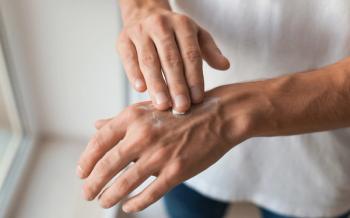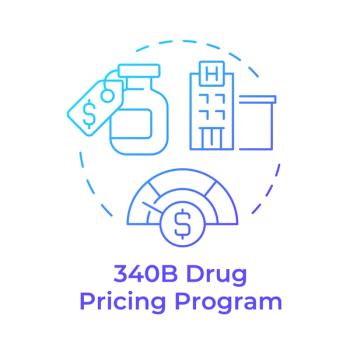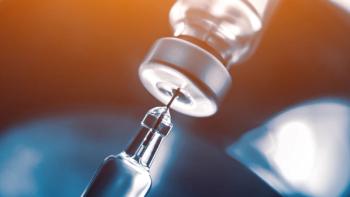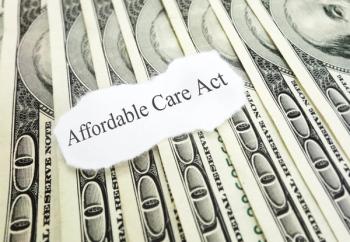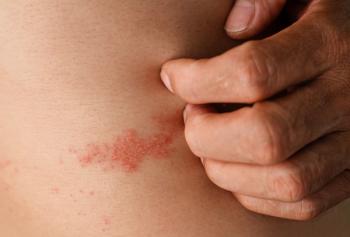
AHA Scientific Statement Says Many Cardiovascular Disease Patients Should Be Screened for Obstructive Sleep Apnea
The American Heart Association statement says people with resistant or poorly control hypertension, pulmonary hypertension and recurrent atrial fibrillation should be screened for obstructive sleep apnea. Although enthusiastic about the future of wearables and other kinds of technology for diagnosing obstructive sleep apnea, the statement also notes that "diagnostic accuracy needs to be better defined."
Patients with resistant or poorly controlled hypertension, pulmonary hypertension and recurrent atrial fibrillation after either cardioversion or ablation should be screened for obstructive sleep apnea, according to a new American Heart Association scientific statement on obstructive sleep apnea and cardiovascular disease.
The statement also says a sleep study should be considered for patients with a wide variety of cardiovascular conditions if there are signs and symptoms of sleep apnea. The conditions include heart failure (New York Heart Association class 2 to 4), tachy-brady syndrome, ventricular tachycardia and survivors of cardiac arrest.
Continuous positive airway pressure (CPAP) should be offered to patients with severe obstructive sleep apnea but oral appliances can be considered for moderate cases, says the statement. Oral appliances resemble orthodontic retainers. They fit over the teeth and move the jaw forward to keep the airway open.
Some patients refuse CPAP or can’t tolerate it, Yerem Yeghiazarians, M.D., of the University of California, San Francisco, and lead author of the statement, said in response to emailed questions from Managed Healthcare Executive.® “For these patients, an oral appliance, weight loss, positional therapy, lifestyle interventions, or other surgical methods might be applicable,” Yeghiazarians said.
“We highlight that compliance with CPAP is low, but there is significant correlation between hours of CPAP use and its benefits,” Yeghiazarians said in his emailed answers. “Most patients wear CPAP for only a few hours nightly — about three to three and half hours per night.” Yeghiazarians noted that the statement mentions other approaches to treating obstructive sleep apnea: weight loss, positional therapy, lifestyle interventions, surgical methods, as well as oral appliances.
The scientific statement says that between 86% and 95% of people with clinically significant obstructive sleep apnea are not diagnosed with the condition. Wearable devices and remote monitoring “provide rich opportunity” for screening for sleep-disordered breathing, the statement notes, while cautioning that their emergence has outpaced “robust validation studies” and that their diagnostic validity needs to be better defined before they are incorporated into clinical practice.
“The AHA Scientific Statement was prepared to increase awareness amongst physicians and patients about this condition and to encourage more screening and therapy as appropriate,” Yeghiazarians wrote in his email.
Here are a few takeaways from the scientific statement:
- Underestimated in women. Obstructive sleep apnea is more common among men than women. About 1 in 3 (34%) of middle-aged men meet the diagnostic criteria compared with less than 1 in 5 (17%) of middle-aged women. However, the current batch of screening instruments that ask patients about symptoms may miss cases in women, who more commonly report fatigue and insomnia than sleepiness,
- Feedback loop. Obstructive sleep apnea may have a negative feedback loop: obstructive sleep apnea may lead to or worsen hypertension, which may, in turn, worsen sleep apnea.
- Oral appliances on par with CPAP. Outcomes from oral appliances and CPAP may be similar. A meta-analysis of oral appliances showed a similar blood reduction as a meta-analysis of CPAP.
- CPAP for afib. Several studies have shown that CPAP can reduce atrial fibrillation “burden” after ablation or cardioversion. The statement cautions that the studies are mostly small and retrospective.
- Associated with coronary artery disease. Obstructive sleep apnea is associated with an increased risk of coronary events such as myocardial infarction. Repeat episodes of low oxygen levels in the blood (hypoxemia) may result in oxidative stress that fuels inflammation. But it is controversial, the statement says, whether CPAP decreases the risk of myocardial infarction.
- Uncertainty about treatment after stroke. The statement says that “clinical equipoise” currently exists about whether obstructive sleep apnea is advisable after stroke and points to the ongoing Sleep for Stroke Management and Recovery Trial as perhaps providing answers.
- Associated with type 2 diabetes, metabolic syndrome. Obstructive sleep apnea is associated with risk for type 2 diabetes and metabolic syndrome, independent of adiposity. However, CPAP hasn’t been shown to affect lipid levels, glycemic control or rates of metabolic syndrome or diabetes.
Newsletter
Get the latest industry news, event updates, and more from Managed healthcare Executive.

